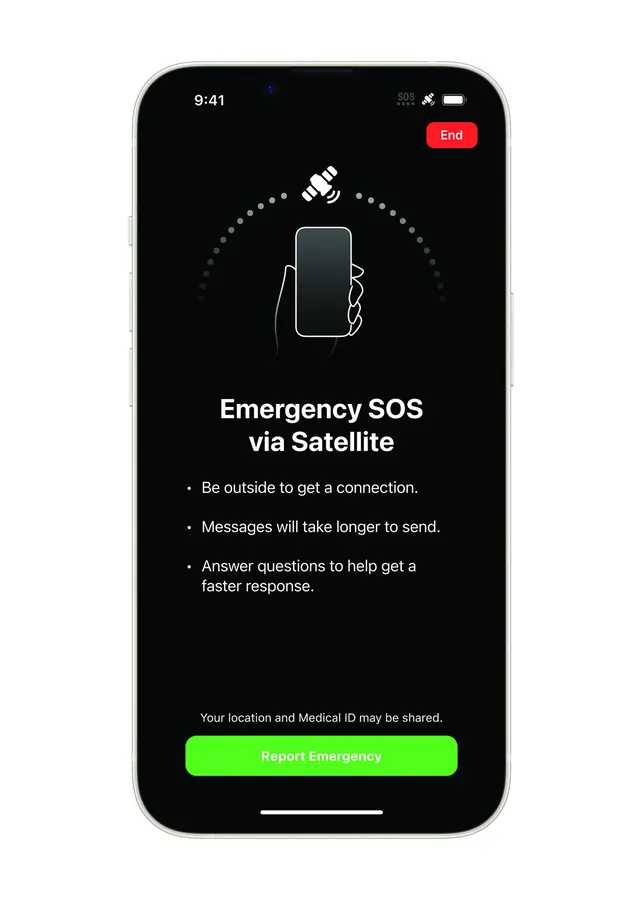Copyright Forbes

When Apple introduced Emergency SOS via satellite on the iPhone 14 in 2022, it was a ground-breaker. A new report suggests that the service will change in the future and some more advanced elements may not be free. The satellite access that the iPhone, and Apple Watch Ultra 3, have continued to be centered around connecting users when they are out of cellular or Wi-Fi connectivity. ForbesApple iOS 18.7.2 iPhone Update For Users Who Don’t Want iOS 26: Which Should You Choose? Services have expanded, so that text messages can be sent from off-grid users even when they were not in emergency situations. Like SOS messages, these are free. Apple only promised that there would be no charges for two years, but has recently extended it to at least late next year. However, according to Bloomberg’s Mark Gurman in his latest Power On newsletter, future services will be more expansive. Partly this is because of “A long-term shift toward satellites,” as Gurman calls it, predicting that “Over time, satellites could become the dominant technology for mobile connections. By investing early, Apple is positioned to be at the center of that transition, rather than relying on carriers to lead the way.” There’s a long way to go, though, before you won’t need a carrier in the equation, not least because right now Apple’s satellite service from Globalstar requires direct line of sight to the sky, something that T-Mobile’s T-Satellite service does not: instead of pointing the device at the sky, the phone can be used as normally as if you were on cellular connection. T-Satellite uses a connection to SpaceX’s satellites, and Gurman points out that SpaceX is “seen as a possible acquirer,” as he puts it of the smaller Globalstar. This could mean the end of some satellite features being free on the iPhone. “Apple’s approach has been to own a core set of features and offer them at no cost — from Emergency SOS to the upcoming enhancements — as a way to drive iPhone sales, encourage upgrades and keep users within its ecosystem. For more advanced capabilities, Apple plans to let customers pay carriers, SpaceX or other satellite providers directly,” Gurman says. “Apple could collaborate more deeply with SpaceX on premium satellite features — perhaps even creating a new paid tier for extended connectivity. One way or another, iPhone users are likely to gain access to those capabilities,” Gurman claims. Apple has been exploring satellite connections to bypass carriers for some years and this latest report suggests that, when the technology and business connections allow, that interest is still alive. While SOS emergency contacts and some other features may remain free, it seems more advanced elements would be charged for by satellite providers.



